Cracked Earth, Drought Condition 2013
Well there’s no end in sight. Cracked Earth, 2013. Sorry to say, it’s not looking good. It appears there’s not much we can do about it. Except conserve what we have left and to be honest that’s not much. We Doowans have been keeping an eye on our Cracked Earth, as it will affect us all. What we found is not good News. Weird it’s not really in the News at all. Of course that’s not surprising. There’s really no sense in informing the people of our Cracked Earth 2013 because there’s nothing we can do about it, right? Wrong!
We the People can conserve what we have left and collect rain water for our personal usage. At least collect the rain water that comes off our homes roofs. This Cracked Earth is becoming a National Crisis and we must do something. Harsh drought conditions expanded in key farm states in the nation’s midsection over the last week. There has been some recent precipitation through the Plains region but the frozen ground did not allow for much moisture to penetrate into parched soils, according to the Drought Monitor report. This means more Cracked Earth is in the future, or maybe just deeper cracks. Because of there widespread occurrence, droughts often produce economic impacts exceeding $1 billion. The costliest drought on record was the 1988 drought, which devastated crops in the Corn Belt, causing direct crop losses of $15 billion and much larger additional indirect economic impacts. This drought could be even worse. It appears to be heading in that direction. Cracked Earth 2013 looks like this could be the normal conditions we will all be facing.
We Doowans have been conserving water in a number of ways. We added and extra brick to the toilet. We only flush when we drop the kids off at the pool. Our slogan is, if it’s yellow let it mellow. If it’s brown flush it down. No offence Governor Brown! Hey, if the shoe fits. Really using five gallons of water to flush a pint of urine. We only take showers once a week. Strange nobody comes to visit anymore and the dog ran away. We don’t leave the water running when we do the dishes or brush our teeth. We don’t water the lawn during the day. Well we don’t really have a lawn. And we hand water our garden from our rain barrel. Speaking of Rain Barrels, we have them at DoowansGardenSupply.com, Think Rain Barrels! Sorry for this shameless self promotion. We just wanted to let you know that rain barrels are an option that may have slipped your mind. All kidding aside this is getting serious and we need to pay more attention to our water usage. And save, save, save our Cracked Earth.
Droughts, it could be argued, are the opposite of news. By definition, they represent the absence of something (namely, adequate rain) happening. And they only occur when that something has already been not-happening for a very long time. As a result, droughts tend not to make the front page. When they do, (droughts), as happened last summer, when headlines trumpeted the worst U.S. drought conditions in 50 years – the public gets concerned. But soon enough, droughts begin to feel like business as usual again, invisible in their very ubiquity. It’s that out of sight out of mind thing that we all have for some reason. We must be Cracked.
Cracked Earth 2013 Drought Condition Report
For the continental U.S., the most extensive U.S. drought in the modern observational record occurred from 1933 to 1938, the “Dust Bowl” period. In July 1934, 80% of the U.S. was gripped by moderate or greater drought, and nearly two-thirds (63%) was experiencing severe to extreme drought. During 1953-1957, severe drought covered up to one half of the country. The U.S. Drought Monitor map for the seven days ending Sept. 18 showed little change from the preceding week, although the total area of the country in moderate or worse drought crept up to yet another record high in the 12-year U.S. Drought Monitor data.
Statistics released with the map showed that 54.25 percent of the country was in moderate drought or worse, the largest percentage so far recorded at that level, up slightly from 53.70 percent the week before. The map showed 34.35 percent in severe drought or worse, down from 34.97 percent a week earlier; 17.35 percent in extreme drought or worse, compared with 17.63 percent the week before; and 4.98 percent in exceptional drought, compared with 5.20 percent the preceding week.
Moderate drought expanded in Minnesota, Wisconsin and the Dakotas. Although all of Kansas is still in severe drought or worse, the area in exceptional drought decreased to 51.04 percent from 60.61 percent. Oklahoma saw slight intensification, with the area in extreme drought increasing to 95.33 percent from 94.68 percent, and the area in exceptional drought increasing to 42.09 percent from 39.66 percent. From the look of the map above, it’s hitting us were it hurts. Yep, where most of our GMOZ food is grown.
The U.S. Drought Monitor map is jointly produced by the National Drought Mitigation Center at the University of Nebraska Lincoln, the National Oceanic and Atmospheric Administration, the U.S. Department of Agriculture, and about 350 drought observers across the country. It is released each Thursday based on data through the previous Tuesday.
As of early February, snow cover was mainly confined to the northern areas of the Midwest, with mild and rainy weather melting away much of the snow from a month ago. Snow-pack depth did increase toward the north, especially in Minnesota, Wisconsin, and Michigan. Many streams across Minnesota and parts of Wisconsin have frozen for the winter. During the past two weeks, surplus precipitation fell from northeastern Oklahoma northeastward into the upper Great Lakes region and in Minnesota, but it was relatively dry in western Iowa. Above normal precipitation is expected across the upper Midwest and Great Lakes region during the upcoming week, and during the week 2 period. The updated CPC February outlook tilts the odds towards wet anomalies across the northern Plains, upper Midwest, and northern Ohio Valley while the FMA outlook is quite similar. Based on this strongly trending wet guidance, further improvement or some improvement is expected. However, this improvement would not be expected to occur until the soils fully thaw (early spring), especially in northern locations.
After a wet November and December, much colder and drier conditions enveloped the West, with temperatures well below normal in the Great Basin and central Rockies. The CFSv2 and NMME forecasts have consistently predicted negative precipitation anomalies across portions of the western U.S. during the winter months, but these forecasts failed to verify as repeated late autumn and early winter storm systems pushed ashore in California and Oregon. However, the phase of the PNA became positive during the last week of December and brought an end to the stormy pattern. Weak storm systems returned to the Northwest during late January and early February, but dropped subnormal precipitation amounts. In the Southwest, however, a moisture-laden system tracked northeastward out of Baja California and brought unseasonably heavy precipitation to Arizona, Utah, western Colorado, and northwestern New Mexico, allowing for some improvement in the Four Corners Region. Although the CPC 6-10 day, 8-14 day, and FMA outlooks all predict enhanced chances of below median precipitation for California and the Southwest, the updated February outlook indicated favorable odds for above normal precipitation in the Four Corners Region. In addition, the updated February outlook called for enhanced probabilities of subnormal precipitation in the middle third of the Far West. Since February is the wettest month of the year normally for much of California and southern Nevada, significant negative precipitation anomalies during this period have a high impact on drought conditions in the spring. Based on the differing guidance and current conditions, drought persistence is expected in much of the West, with some improvement possible in the Four Corners region based upon the updated February outlook. Development was limited to current areas categorized as do (abnormally dry) in the most recent U.S. Drought Monitor in central and northeastern California and southern Oregon.
More Cracked Earth 2013 News
This just in from the News. The mighty Mississippi might not be so mighty this summer again!
Lakes Huron and Michigan continue to drop
Two of the Great Lakes have hit their lowest water levels ever recorded, the US Army Corps of Engineers said today, capping more than a decade of below normal rain and snowfall and higher temperatures that boost evaporation. Measurements taken last month show Lake Huron and Lake Michigan have reached their lowest ebb since record-keeping began in 1918. The lakes were 29 inches below their long-term average and had declined 17 inches since January 2012. This year, it’s looking worse. We hope not but what’s hope? Maybe we should all pray!
The other Great Lakes Superior, Erie and Ontario were also well below average. “We’re in an extreme situation,” says a corps official. The low water has caused heavy economic losses by forcing cargo ships to carry lighter loads, leaving boat docks high and dry, and damaging fish-spawning areas. The corps might reconsider a long-debated proposal to place structures in a river to reduce the flow of water away from lakes Huron and Michigan, which are connected.
The report warns that the greatest consequences of climate change will come in the form of more extreme “extremes” not just drought, but also intense heat, rains, flooding and storms. It predicts a future where drought is more severe, U.S. crop yields are lower and the ability of ecosystems to moderate the effects of drought is diminished. You know what this means when we go to the grocery store, yep, higher and higher prices. Now might be a good time to think Garden.
The current drought is proving to be one of the worst in history. Lakes Travis and Buchanan, the region’s water supply reservoirs, depend on rain to feed the rivers, creeks and other tributaries that fill them. But because of the prolonged drought, the amount of water flowing into the lakes, called inflows, has been historically low over the past two years. Inflows in 2011 were the lowest in history, at about 10 percent of average, and inflows in 2012 were the fifth lowest in history, at about 32 percent of average.
The weather the past few months has been particularly dry. Rainfall in October through December was the third driest on record for that period. Because the ground has been so dry lately, it would take a series of good soaking rains to produce significant inflows to help the lakes recover. Unfortunately, forecasts call for rainfall across the region to be generally below normal through at least March.
“The outlook for January through to March is a worsening situation, with normal to below normal activity with a greater likelihood for below normal rainfall. Realization of this prediction will only exacerbate the existing drought conditions,”
It’s the worst drought in 50 years parched two-thirds of the county. Then, in October, Hurricane Sandy slammed into New York and New Jersey. Yet the cause of much of the meteorological mayhem (global warming) was rarely mentioned on air. The reason: There’s a shockingly high chance that your friendly TV weatherman is a full-blown climate denier.
In the long run, of course, avoiding the reality of global warming is a losing strategy both for TV weather casters and their millions of loyal viewers. “The simple fact is, the climate is going to get warmer and warmer as we put more heat trapping gases into the atmosphere,” says Jeff Masters of Weather Underground. “As that happens, the weather is going to get more extreme. People who talk plainly and credibly about climate change are going to be more successful and draw bigger audiences. Weather casting is not an industry that can bet its future on denial.”
Cracked Earth in the News
The biggest problem is that most weather casters are not scientists at all they just play one on TV. Only half of on-air weather casters have advanced credentials often in “broadcast meteorology,” a dumbed-down, made-for-TV version of the dumbed-down degree. That’s Fluoride for ya! The rest, like The Today Show’s Al Roker, are just TV stars with colorful personalities. And thanks to increasingly sophisticated forecasting technology, you don’t need to know much about cloud dynamics to get the job done. “I’ve never known a meteorologist to get promoted for his or her forecasting skill,” says a former network news producer who asked not to be identified. That’s probably a good call.
The biggest problem this Doowans sees is that they blame the weather changes on greenhouse gases. They refuses to tell the truth about the actual causes and now nobody wants to report. One can not blame the News caster he/she has to live with him/herself and the community. They just report what they are told to report. Jobs are hard to find now days. And standing in the unemployment line is not much fun. Of course we Doowans don’t have that problem since we only take showers once a week. One might think this is bad, but nobody get’s close enough to give us the flu, so really it’s a good thing. And just think of all the money we save on soap and flu vaccines which I personal would never take! They are filled with poisons and heavy metals and who needs those vaccines anyway?
Well that’s all we have for now, but with our Cracked Earth 2013, from the look of things that’s enough!
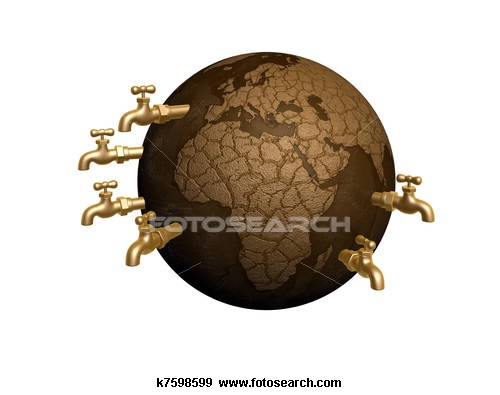

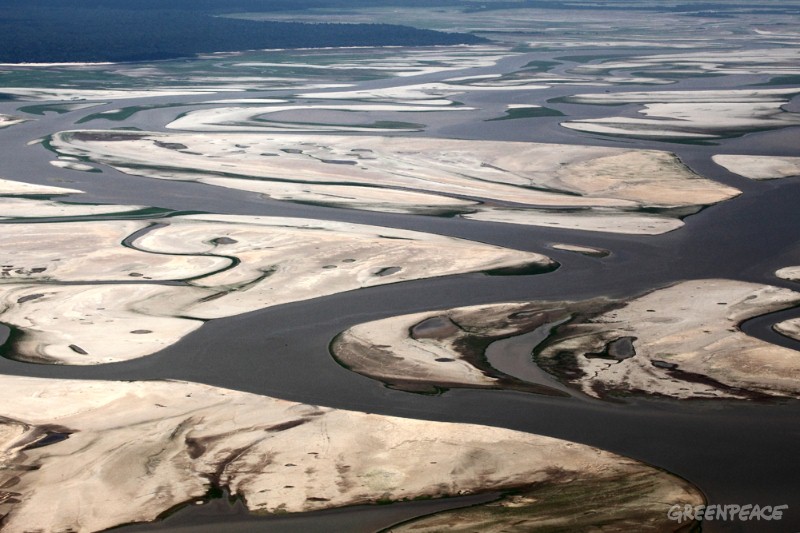

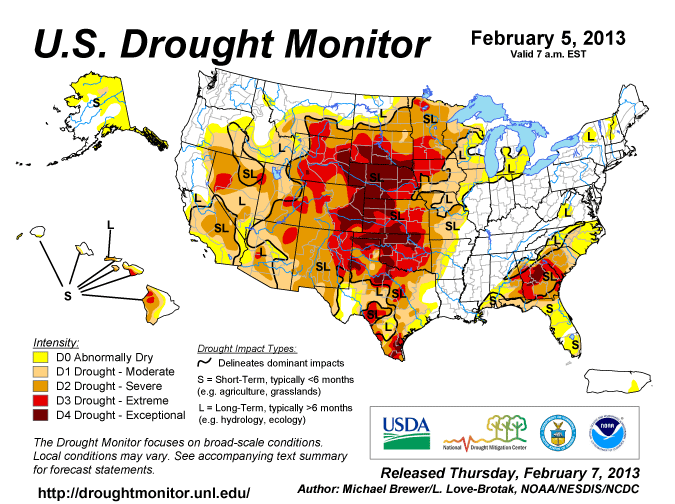
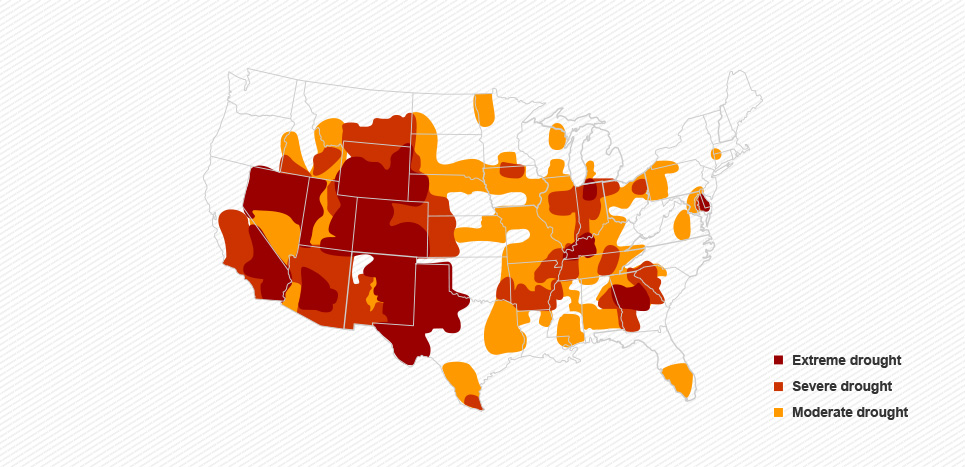
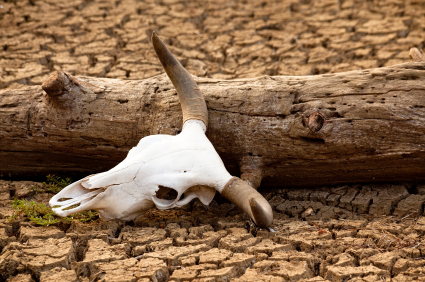
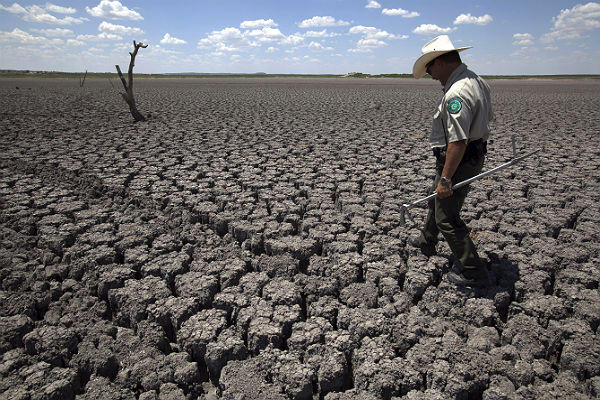


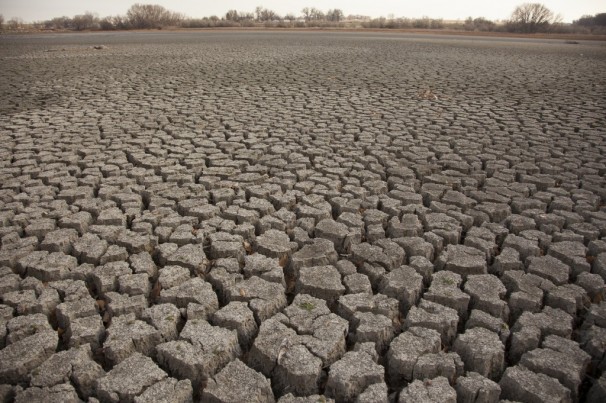


Leave A Comment
You must be logged in to post a comment.